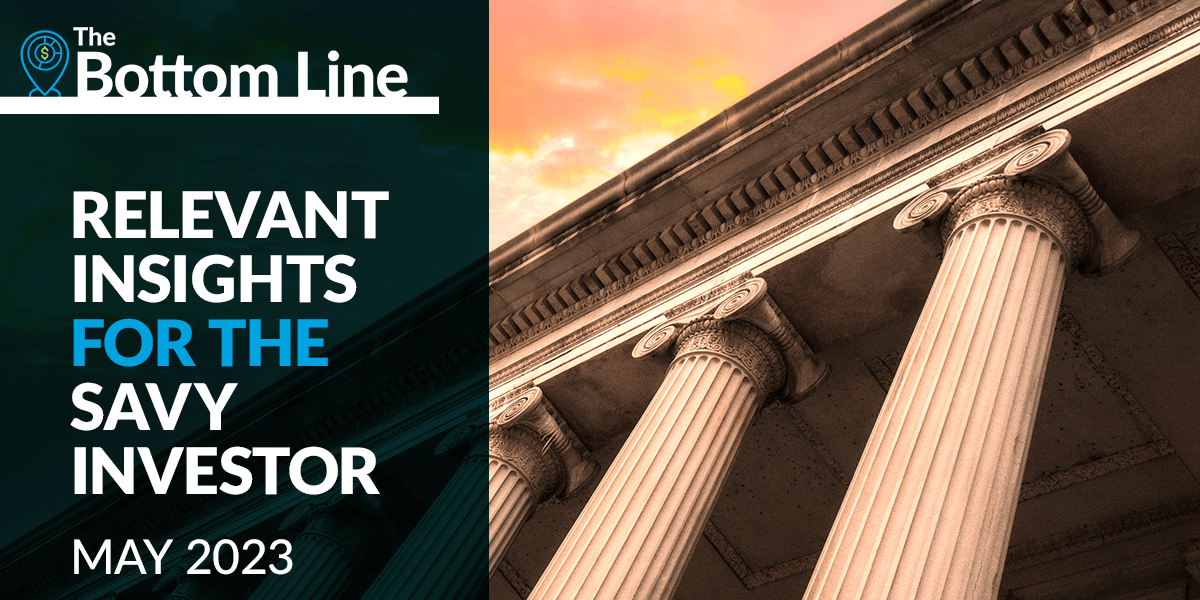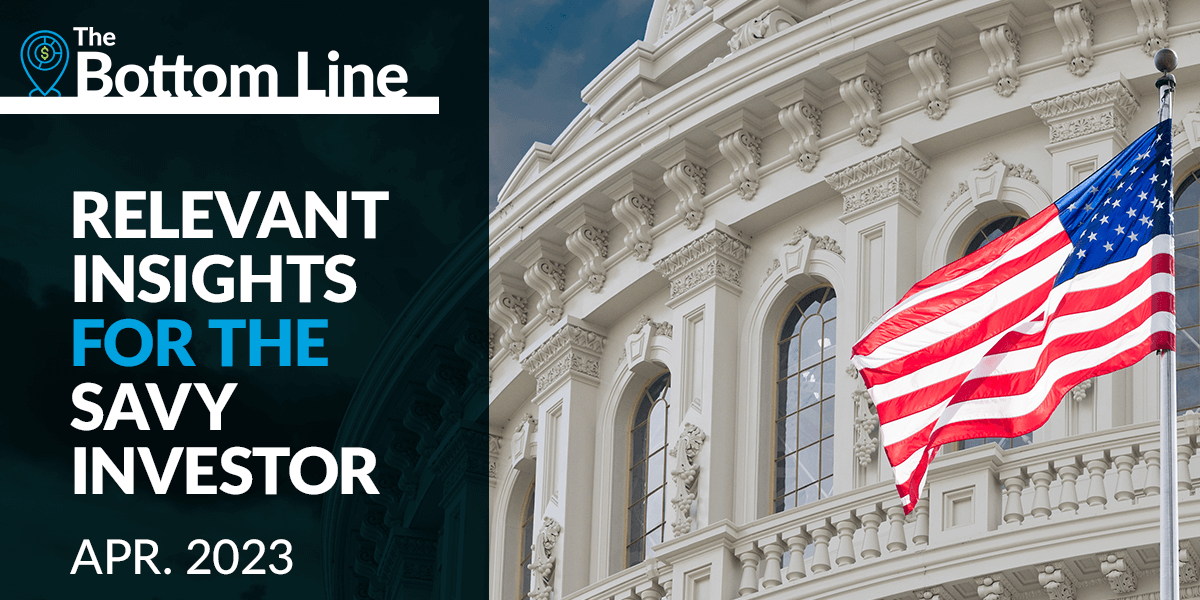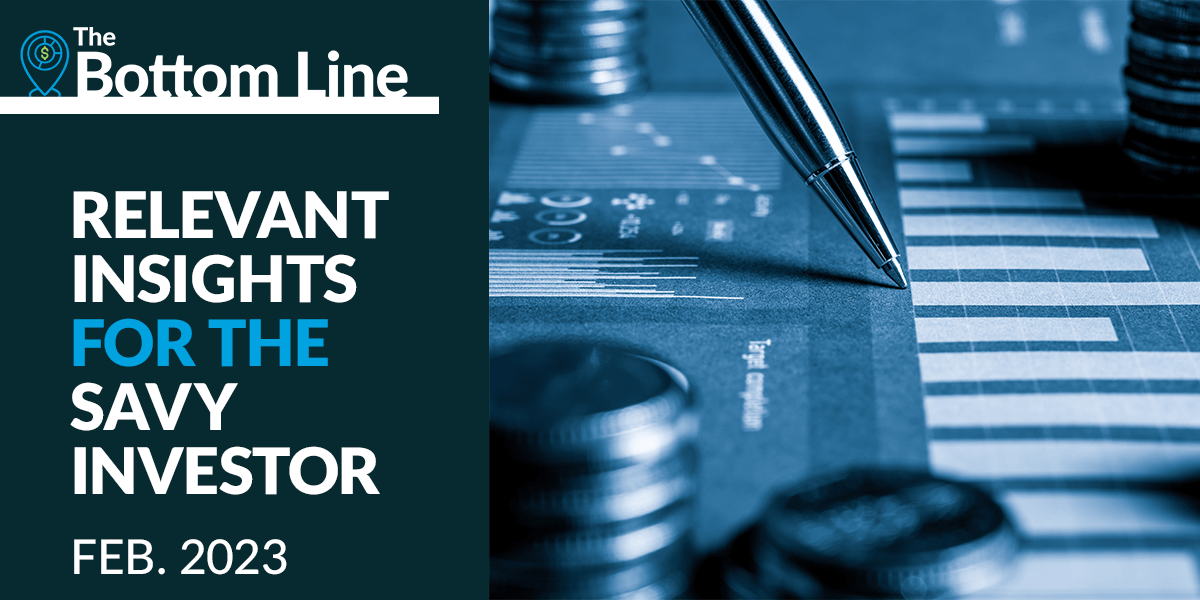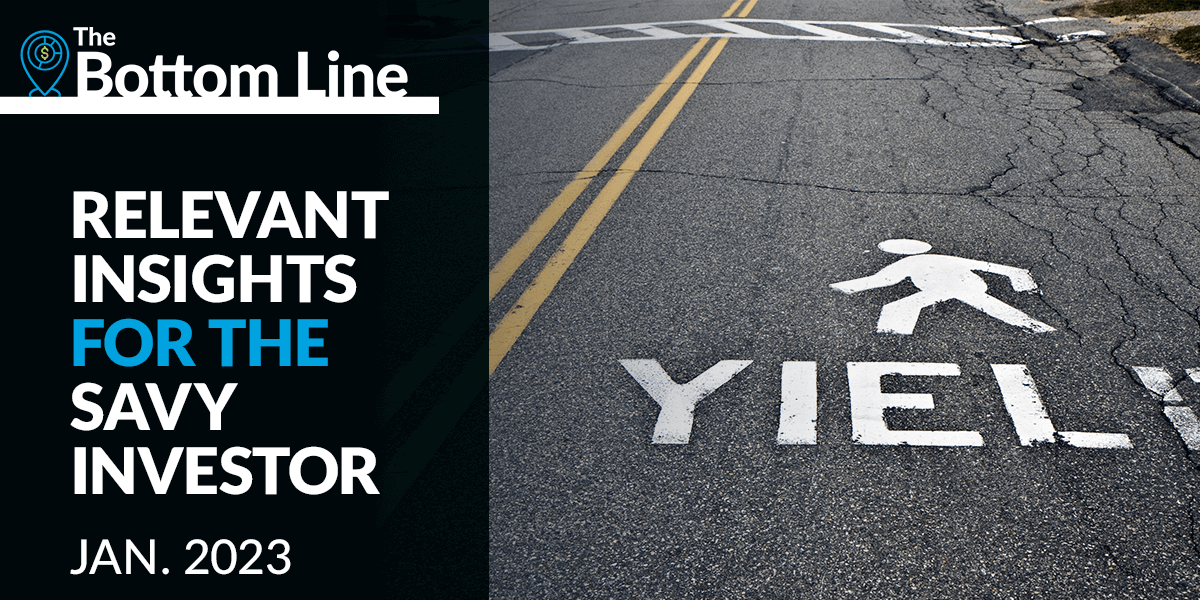

The Bottom Line: Walking on a Razor Edge
For the Federal Reserve (Fed), the economy is in a sweet spot. Inflationary pressures have moderated significantly from last year, and demand for labor has slowed (chart 1). This helps reduce the cost of labor, a primary goal of the Fed in its attempt to bring inflation back down to 2.0%. Also, the Fed updated its outlook for Gross Domestic Product (GDP) growth next year, and they project the growth will be 1.5%, better than the June projection of 1.1%.
CHART 1: Total Nonfarm Payrolls: Yearly Change
% change y-o-y, seasonally adjusted

Source: Bureau of Labor Statistics, as of September 2023.
Information is subject to change and is not a guarantee of future results.
At the same time, it is also a tricky time for the Fed. In this cycle, the Fed has raised the federal funds rate by 5.25 percentage points. It is one of their most aggressive interest rate hiking programs in recent history and pushed the rate well into the territory of restricting economic growth. Additionally, banks have become more stringent in lending policies, and small businesses are frustrated with the difficulty of accessing credit (chart 2).
CHART 2: NFIB: Small Business Credit Conditions Availability of Loans
%, seasonally adjusted


Source: National Federation of Independent Business, as of August 2023.
Famed economist Milton Friedman frequently talked about the long and varied lags of monetary policy. That is what is at play for the current Fed, as it has a tricky balancing act ahead of itself. In past cycles, after 18 months of tightening monetary policy, the Fed got the economic slowdown they wanted in most cases, and they started lowering interest rates (chart 3). That hasn’t happened this time around; consumer spending remains robust, which is keeping overall growth above trend. Also, inflation remains too high.
CHART 3: Federal Funds Rate
change in the rate in recent tightening cycles, percentage points

Source: Federal Reserve Bank, as of September 2023.
Fed policymakers must keep interest rates high long enough until they are convinced inflationary pressure will decrease and can be sustained at 2.0%. At that point, they may begin to lower interest rates to keep economic demand strong enough to support continued economic growth at a sustainable pace. The timing of that move will probably be in the second half of 2024, as the Fed waits out the lagged impact of the interest rate moves they have already put in place.
Aside from the current tightening cycle, since 1955, the Fed has had 12 significant tightening cycles. Three of those have resulted in a soft landing when the Fed raised interest rates just enough to slow the economy and reduce inflation and then reduced them without causing a recession (chart 4).
CHART 4: Effective Federal Funds Rate (%)

Source: Federal Reserve, CNR Research as of September 2023.
Information is subject to change and is not a guarantee of future results.
The remaining nine times, a recession followed. The Fed didn’t cause all those recessions; for example, the pandemic caused the recent recession. But when interest rates move quickly, some businesses are more stressed than others, and sometimes there are dire economic consequences.
This becomes the Fed’s walk on a razor’s edge. They have difficulty finding the precise time to move monetary policy and to determine by how much. If they hold interest rates high for too long, the economy risks entering a recession. If they lower them too soon, there is the risk that inflation may pop back up.
Market Trends
Despite strong economic momentum, financial markets remain under pressure at the start of the fourth quarter, with the Israel-Hamas war and a potential U.S. government shutdown now adding to concerns over rising bond yields. While the pullback in stock prices is creating more attractive buying opportunities, we suspect markets may remain volatile in the near term prompted by temporary uncertainties, as well as more structural challenges like the impact of higher interest rates on the economy and corporate profits.
Sources
1. Bureau of Labor Statistics, September 2023
2. The Federal Reserve, August 2023
3. Freddie Mac, CNR Research, October 2023
4. Bloomberg Energy, CNR Research September 2023
5. Bureau of Labor Statistics, August 2023
6. U.S. Treasury, October 2023
Index Definitions
The Consumer Price Index (CPI) measures the monthly change in prices paid by U.S. consumers.
The S&P 500 Index, or Standard & Poor’s 500 Index, is a market-capitalization-weighted index of 500 leading publicly traded companies in the US.
Important Information
The information presented does not involve the rendering of personalized investment, financial, legal or tax advice. This presentation is not an offer to buy or sell, or a solicitation of any offer to buy or sell, any of the securities mentioned herein.
The views expressed represent the opinions of City National Rochdale, LLC (CNR) which are subject to changeand are not intended as a forecast or guarantee of future results. Stated information is provided for informationalpurposes only, and should not be perceived as personalized investment, financial, legal or tax advice or a recommendationfor any security. It is derived from proprietary and non-proprietary sources which have not been independentlyverified for accuracy or completeness. While CNR believes the information to be accurate and reliable, wedo not claim or have responsibility for its completeness, accuracy, or reliability. Statements of future expectations,estimates, projections, and other forward-looking statements are based on available information and management’sview as of the time of these statements. Accordingly, such statements are inherently speculative as they are basedon assumptions which may involve known and unknown risks and uncertainties. Actual results, performance orevents may differ materially from those expressed or implied in such statements.
All investing is subject to risk, including the possible loss of the money you invest. As with any investment strategy, there is no guarantee that investment objectives will be met, and investors may lose money. Diversification does not ensure a profit or protect against a loss in a declining market. Past performance is no guarantee of future performance.
City National Rochdale, LLC, is a SEC-registered investment adviser and wholly owned subsidiary of City National Bank. Registration as an investment adviser does not imply any level of skill or expertise. City National Bank and City National Rochdale are subsidiaries of Royal Bank of Canada. City National Bank provides investment management services through its subadvisory relationship with City National Rochdale, LLC.
Non-deposit investment Products are: • not FDIC insured • not Bank guaranteed • may lose value
Stay Informed.
Get our Insights delivered straight to your inbox.
Put our insights to work for you.
If you have a client with more than $1 million in investable assets and want to find out about the benefits of our intelligently personalized portfolio management, speak with an investment consultant near you today.
If you’re a high-net-worth client who's interested in adding an experienced investment manager to your financial team, learn more about working with us here.




